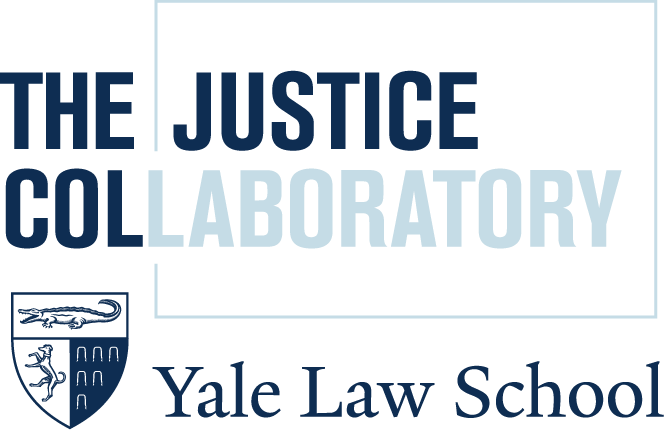Schooling as a White Good
By Benjamin Justice
Ben Justice
Schooling is foundational to vital, safe communities where all citizens can thrive. To help move schooling toward something that resembles a public good, we must first recognize it has never been one.
Scholars talk about public goods in two ways. “The public good” is an idea as old as philosophy, and today we use it to mean things that are beneficial to everyone. “A public good” is an idea from the field of economics and refers to things that are useful to everyone as consumers—all people can use them and one person’s use of them does not prevent anyone else from using them. Schooling in the United States has never fit either definition. It has always been a white good.
To understand what I mean by a “white good,” we first need to understand what whiteness is. Whiteness was, until quite recently, a formal legal category in American law and a foundational one in custom, from the local to the state and federal. It described a group of people who enjoyed special group rights, privileges, and goods in relation to other “non-white” groups in society, especially Native and Black people. Even today, surface changes in the law have not changed the way that whiteness continues to shape implicit and explicit behavior, belief, and cultural practices. Nor has the law corrected the many social structures erected or tolerated by previous laws that continue to harm non-white people and provide privilege to white people.
Because whiteness is a category of social dominance and privilege (and not just difference), a white “good” is something useful to white people by maintaining their group’s advantages. By definition, a white good is a non-white harm. White goods can be useful to non-whites, too, but are less so. In fact, when non-white people participate in a white good, their very participation reinforces an underlying system that favors white people.
Whiteness is a category, and white goods are aggregate—they do not benefit all white people in every instance, and they obviously do not prevent all non-white people from enjoying the good. Instead, they provide overall group advantages and disadvantages depending on your race. There are other forms of unfairness too, of course, that affect all people, including poverty, gender and sex discrimination, ableism, and the like.
Justice, B. (2023). Schooling as a White Good. History of Education Quarterly, 63(2), 154-178. doi:10.1017/heq.2023.7
Nearly every aspect of schooling has advanced whiteness: to give meaning and value spaces, to support group identity formation, to celebrate white history, language, and literature, to allocate cultural capital, create jobs, support voting, promote religion, develop individual and collective human capital, provide corporate welfare, childcare, social certification, and more.
Schools have promoted whiteness through three mechanisms in particular: by reinforcing spatial segregation, by teaching knowledge that reinforces white superiority, and by making it harder for non-white children to use schools for social mobility.
Importantly, non-white people have resisted schooling for the white good from the very beginning, using every means available to push schooling toward being a truly “public” good by fighting segregation, racist curriculum, and unequal opportunity. What has made this resistance so difficult, however, has been white Americans’ ability to use legal and extra-legal violence to maintain their advantages.
Today’s efforts to privatize schooling rather than share public spaces, to attack schools that teach accurate histories of the past, and universities that attempt to equalize opportunity, are part of a much older story of schooling as a white good.
To learn more about schooling as a white good, read Schooling as a White Good.
Watch Professor Justice give his Presidential Address of the History of Education Society at its Annual Meeting, on November 5, 2022.


